Critical patient safety issues raised over Brisbane hospital gas pipelines
Five years on from a near tragedy, a Brisbane anaesthetist is risking her career to highlight patient safety risks after gas pipelines were mixed up at a major hospital hyperbaric unit.
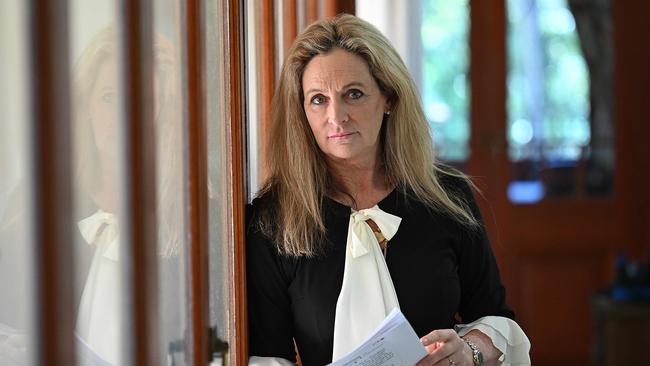
Deep underground beneath the Royal Brisbane and Women’s Hospital, a patient lies in an induced coma. The professional diver is being treated for an acquired brain injury after suffering extreme decompression illness. She is ventilated, and medical hoses supply oxygen therapy in a hyperbaric medicine chamber under the care of trained doctors, nurses and technicians.
It’s highly specialised work. Hyperbaric medicine is offered in just a few units in Australia, treating decompression illness, chronic wounds, radiation injuries and serious soft tissue infections. The therapy involves giving a patient 100 per cent oxygen inside a special sealed chamber, helping the body repair tissue.
On March 6, 2019, a near catastrophe occurred in the Royal Brisbane and Women’s hyperbaric chamber. Midway through the diver’s procedure, alarm bells began ringing. The patient’s ventilator had failed. She could not breathe well for herself as she was in an induced coma and paralysed. The physician in charge scrambled for a resuscitation bag.
Removing the ventilator, he began pumping the bag by hand to keep the patient alive and quickly terminated the procedure.
Shaken, anaesthetist Susannah Sherlock, who was supervising from outside the chamber, could not understand what went wrong. Her husband, the technician on duty and an experienced navy diver, was also baffled. They determined to get to the bottom of the problem.
Swinging open the steel doors that led down earthen pathways to a cave-like room that housed the massive gas bottles that supplied the Brisbane hyperbaric chamber, the pair inspected the bottles of air and bottles of a gas mixture known as heliox. They discovered that all of the bottles of air were empty, and the heliox bottles were still full. That was when Associate Professor Sherlock realised that air bottles must be connected to a heliox gas connector.
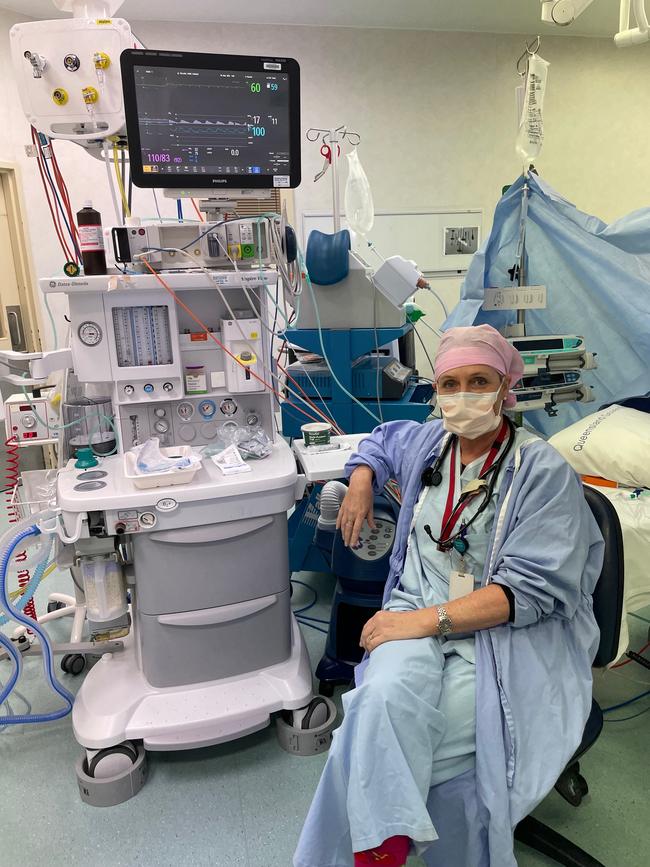
“That moment was like, oh my god,” Associate Professor Sherlock says. “Why are there air bottles on a heliox line? I then went back in and checked the connection inside the chamber, and indeed saw that the air connector for the ventilator was hooked up to a heliox outlet.”
What occurred following this incident – among an alleged cover-up by administrators and failure of oversight bodies to acknowledge critical risks to patient safety – so disturbed Associate Professor Sherlock, who is still employed at the Royal Brisbane and Women’s Hospital as an anaesthetist, that more than five years on she is now risking her career to speak publicly in an attempt to highlight the urgent need for independent oversight bodies for public hospitals in every state.
Internal investigatory bodies comprehensively failed to recognise the seriousness of the gas pipeline non-compliance at the Brisbane bariatric unit, she says, and when she sought to escalate the issue to Queensland’s Crime and Corruption Commission, the matter was referred back to the hospital, effectively to investigate itself.
Similar processes occur in public hospitals around the country amid a serious lack of independent oversight.
‘Betrayal’
Associate Professor Sherlock alleges that in February 2018 when a new ventilator was purchased by the Brisbane hyperbaric unit that was air-driven, the unit’s chamber did not provide air gas pipelines at the time. As a result, a mixed gas line meant for heliox was used to pipe air from cylinders. The doctors in charge on March 6, as well as the chamber technician, did not know the air for the patient’s ventilator was being supplied from a cylinder instead of a pipeline.
Associate Professor Sherlock alleges that a decision was made to save costs by instituting a workaround to connect air to pipelines that were labelled differently. She alleges there had never been any testing of the gas pipelines prior to the unit opening to ensure inadvertent misconnections could not occur.
“I felt a massive amount of betrayal, thinking that such an important thing had not been communicated to staff looking after an intensive care patient,” she said.
The patient, who was critically ill and had a hypoxic brain injury, was never informed of what had occurred during her treatment.
Baby death
The issue was even more serious given that it came on the back of the death in Bankstown Hospital in Sydney three years earlier of a baby who was given nitrous oxide gas through a mask instead of oxygen because lines had been incorrectly labelled and connected. Another baby, Amelia Khan, was left brain-damaged. These incidents led to a statewide check of every hospital in NSW to ensure compliance.
“That was one of the reasons why I was so deeply disturbed, because every hospital administrator in the country knew about the death of the baby in Bankstown,” Associate Professor Sherlock said.
“The standards implemented mandate that when engineering work is done on any medical gas pipeline in a hospital, after the engineering work, the outlet must be tested to ensure that the correct gas is coming out the outlet that it’s labelled for.”
“That was one of the reasons why I was so deeply disturbed, because every hospital administrator in the country knew about the death of the baby in Bankstown.”
An incident report was lodged of the March 6, 2019 ventilator failure, and Associate Professor Sherlock expected a full mea culpa from the hospital. But administrators denied any knowledge that the gas pipelines had been incorrectly labelled, and she alleges that by November of that year, the gas pipelines to the hyperbaric chamber were still not compliant, and no transparent process had been instituted to investigate the cause of the March incident.
Associate Professor Sherlock made complaints to the executive and lodged a public interest disclosure but her allegations were not substantiated. She alleges that investigations were carried out by the very people said to be responsible for the pipeline errors.
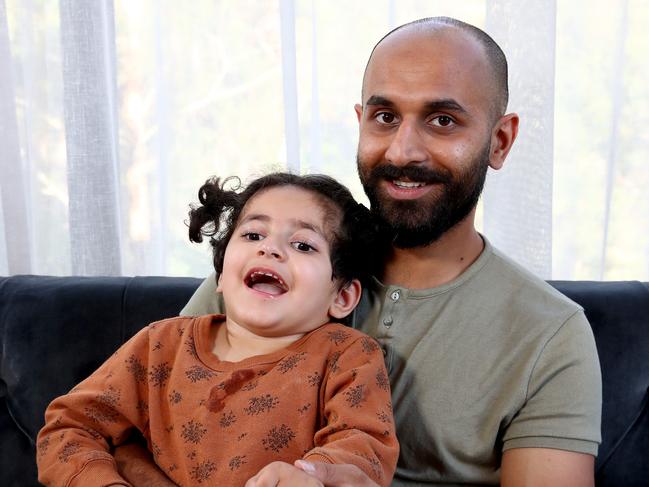
Same mistake
In August 2021, two years after the incident, Associate Professor Sherlock’s husband was rostered on at the hyperbaric unit and found the gas pipelines were still not properly labelled to ensure the correct gas after engineering work.
The work had been carried out a year earlier but not tested to ensure the gas being delivered was the correct gas. He lodged an immediate incident report, but alleges he was subject to reprisals for raising concerns and soon after suffered severe mental health impacts.
Routinely, according to Associate Professor Sherlock, patients had been given pure oxygen during “air” breaks when it was thought they were being given air, which contains only 21 per cent oxygen. This puts patients at significant risk of having seizures for over a year due to the failure to test the gas after engineering. This was the same mistake that led to the death of the Bankstown baby and the error she had reported in 2019 with the diver.
The Metro North Hospital and Health Service’s Integrity Unit issued a determination of Associate Professor Sherlock’s public interest disclosure in August 2020. It said the disclosure related to the ventilator failure did not meet the threshold of being a PID because it did not regard that there was a serious risk to the patient, given the patient was able to be manually ventilated with a resuscitation bag. The Integrity Unit said the patient required ventilation as opposed to pipelined air. It did not address issues of compliance.
When Associate Professor Sherlock escalated the issues to Queensland’s Crime and Corruption Commission, it said no corruption was apparent and referred the matters back to the health service.
“This is an industry that is about providing care to vulnerable, sick people. The reason you call out errors is to ensure proper mechanisms are put in place to prevent the same error recurring.”
Documents indicate the hospital installed a double air bank after the March 2019 incident and required that at least one full air bank was required prior to treating a ventilated patient, as well as instituting checking procedures. Metro North Health said it could not comment on an ongoing matter but was committed to providing safe, high-quality care for patients. “The (hyperbaric) facility adheres to Australian standards and regulations on safe operation and maintenance of hyperbaric facilities, and is operated by a team of highly trained medical, nursing and technical staff,” a spokesperson said.
Lessons not learned
Associate Professor Sherlock is not prepared to let the matter rest and is now fighting for a complete overhaul of investigation processes during complaints concerning patient safety, at the same time as pursuing legal action in the state’s employment tribunal advocating for her husband.
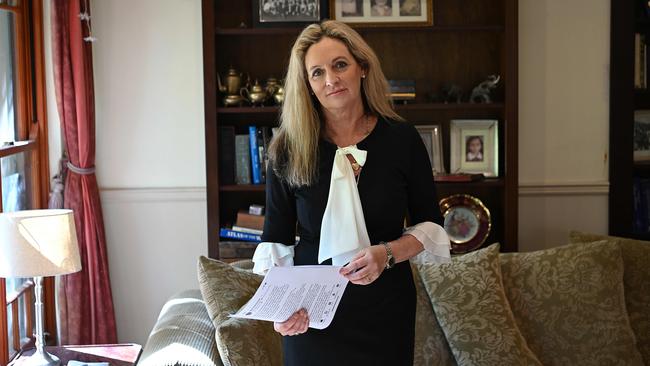
“What these events demonstrate is that there needs to be an independent oversight organisation for public interest disclosures in hospitals regarding safety matters, and we need to accept that whistleblowing grievances are not employment grievances. They are completely separate,” she says.
“This is an industry that is about providing care to vulnerable, sick people. The reason you call out errors is to ensure proper mechanisms are put in place to prevent the same error recurring.
“Whistleblowers report issues because they are worried that patients are not being looked after properly, and there are safety measures and codes that are there to allow ensure you to deliver care safely. And if there’s a compromise of care, under your own employment contract, doctors have to mandatorily report it, and when you do what you’re told you need to do … you or someone close to you, gets threatened.
“That’s the moral injury we experienced for doing what was expected and trying to ensure patients are safe.
“I want to make the medical administrators understand the cost of not saying sorry, admitting the mistakes and not following standards put in place for patient safety properly will ultimately be higher than complying with safety rules and paying for the mandatory gas testing after engineering work. The lessons after the baby died should have ensured others can be safe.”




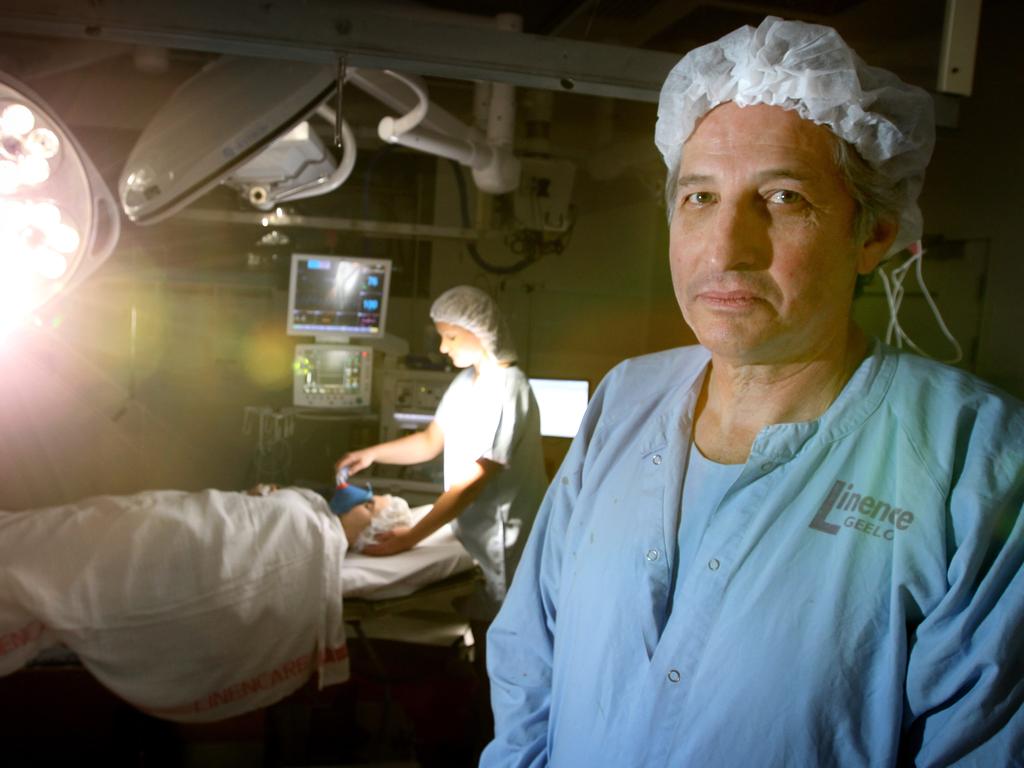
To join the conversation, please log in. Don't have an account? Register
Join the conversation, you are commenting as Logout